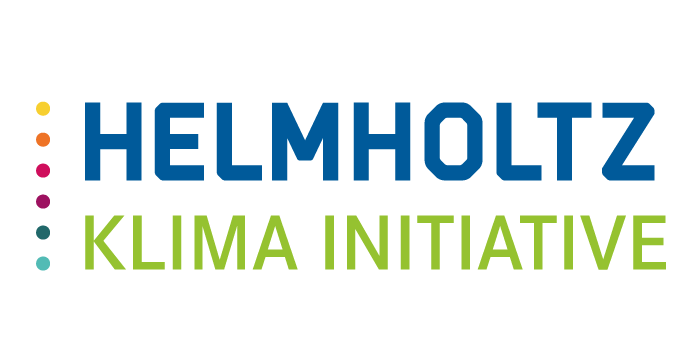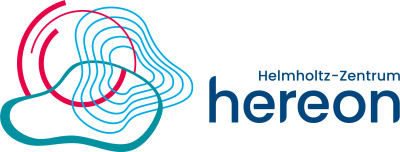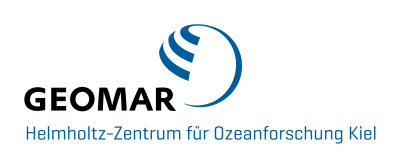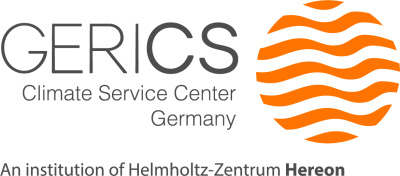Project 1 consists of two sub-projects, which, in a close exchange of information, evaluate the most promising contributions towards a CO2-neutral Germany by 2050, with reference to the German framework. The results are shown in a pilot roadmap.
Subproject 1.1
The aim is to pool the main results of the projects and case studies carried out in Cluster I and to present them in a target-group oriented manner. The methods and concepts for extracting, using and storing CO2 are evaluated in a matrix. They are discussed in close dialogue with citizens and stakeholders and their social acceptance as well as political and economic feasibility are analyzed. Aninteractive web atlas shows the CO2 storage potential of various technologies and measures across Germany, as well as other initiatives in the area of CO2 neutrality. The pilot roadmap finally summarizes the most promising contributions from science. Project 1.1 thus functions as an interdisciplinary pilot study to scientifically substantiate the development of a roadmap for a CO2-neutral Germany by the middle of the century.
The subproject also includes two case studies, in which strategies for CO2-neutral cities are developed and tested in practice, and a roadmap is drawn up that shows how the Helmholtz Association can develop towards CO2 neutrality.
Subproject 1.2
Energy supply faces a particular challenge when it comes to limiting global warming. What are the options for converting systems so that they cover energy requirements and at the same time save greenhouse gases? Subproject 1.2 is concerned with modelling energy scenarios that map all relevant emission paths with regard to the CO2 budget. The integrated approach considers possible technical options, the contribution they can make to reducing greenhouse gases and their systemic interactions. A model approach evaluates various energy scenarios in terms of economic, ecological and social perspectives. By linking life cycle analyses, CO2 emissions can be supplemented by other climate-relevant emissions and the effects of development processes on future energy systems and habitats can be assessed.
Aspects of market design, regulatory framework and the resulting investment incentives are included as well as user perspectives on key social aspects.








